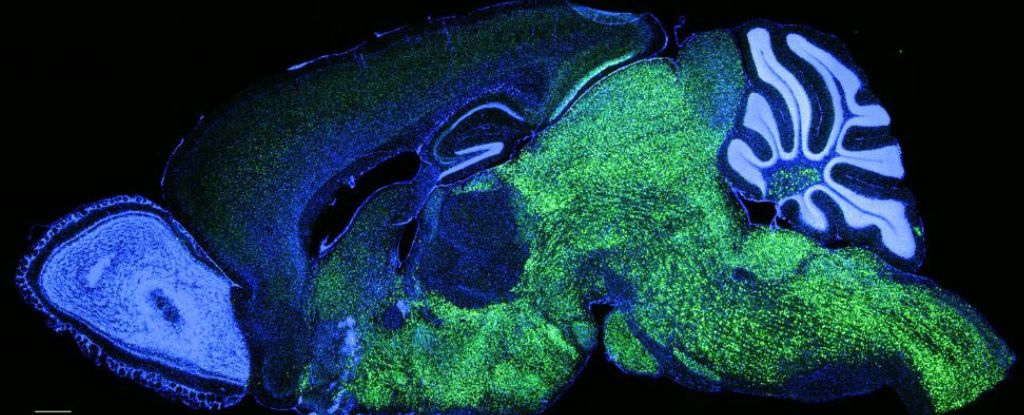Researchers from Rockefeller University and Cold Spring Harbor Institute have identified a gene called NOVA1 that may have played a significant role in the development of spoken language in humans. While nearly all mammals share a similar variant of NOVA1, a unique amino acid change exists in the human version. This change likely evolved within the last few hundred thousand years, after the divergence from Neanderthals and Denisovans.
The NOVA1 gene is linked to other proposed language-related genes, such as FOXP2, and researchers have found that its human variant can alter the vocalizations of genetically modified mice, leading to higher frequency calls and changes in vocal patterns. The study suggests that these genetic modifications may indicate increased social interaction attempts among the altered mice.
The significance of the NOVA1 gene as a “master gene regulator” is highlighted, as it influences over 90% of human genes during development. Changes in RNA splicing associated with this gene were observed in brain cells related to vocal behavior, potentially explaining its connection to speech.
While the exact implications of NOVA1 in speech and language development are still being explored, the findings suggest that the advantageous traits associated with vocal communication may have driven the evolution of this gene among early modern humans as they spread from Africa. The research emphasizes the profound possibilities of NOVA1 in understanding the origins of complex human language and communication.
Source link


